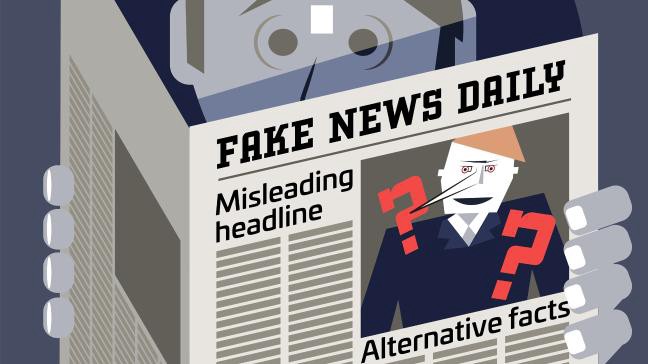By Dmytro Zolotukhin, for Medium
Experience of Ukraine and Recommendations
“Fake news” (“fakes”) is a generic term that is a product of media, where there is a need to place a short name on phenomenon for ease of use. The use of this phrase greatly complicates the work on the scientific-practical and legal formulations of a specific definition for this phenomenon.
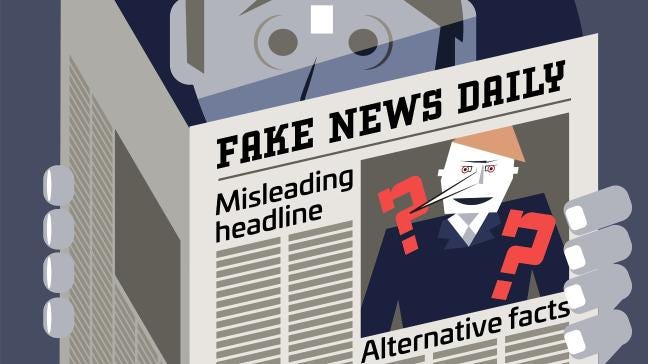
In the scientific and modern media environment such phrases are called “memes”. According to the definition of American evolutionary biologist Richard Dawkins, “meme” is a linguistic-cultural unit describing a certain phenomenon which has become common for widespread consumption.
In a broad sense, this phrase is defined as a set of instruments used to manipulate the public consciousness. It is most often expressed in an informational message (text/photo/video or a combination thereof) containing false or partly truthful information which is disseminated by traditional media, social networks or other accessible means of information dissemination and aims to form in the minds of consumers (recipients) a certain attitude to the phenomenon or object of the real world. For example, to form xenophobic attitudes towards a particular social group, through the dissemination of negative and emotionally charged information about this social group.
Because of the uncertainty of approaches to understanding this phenomenon, usually two types of information fall under the category of “fake news”:
– informational messages deliberately created for manipulating the audience,
– informational messages resulting from unprofessional and unethical performance of their duties by media employees.
However, since in both cases the audience of information consumers is adversely affected, it is important to counteract both types of “fake news”.
Special attention should be paid to the fact that informational messages deliberately created for manipulating the audience are a kind of so-called “active measures”, which are one of the work forms of special services and intelligence agencies. Active measures (subversive measures, special information operations, information and psychological special operations) are used by special services for purposeful and planned change of political discourse or public opinion.
For example, “fake news” is information about, ostensibly, the call of Dmytro Yarosh to the leader of Chechen militants Dokka Umarov, which on 1–2 March 2014 was distributed by the leading Russian mass media. Later this news was used to legitimize the Russian Federation’s use of its military forces on the territory of Ukraine. This reflects the carefully planned nature of this information operation.
In addition, the same example is the creation by Russian media (in particular, Russia Today) of the virtual image of “flight operation officer Carlos”, who reported that the Boeing of Malaysian Airlines flight MH17 was shot down by a Ukrainian jet fighter.
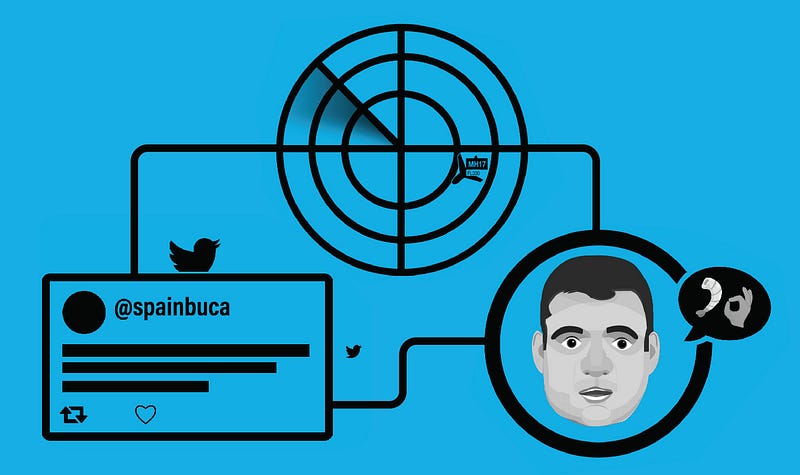
The practice of planning and taking “active measures” to disseminate disinformation involves the use of events or facts that have indeed occurred in reality, but in the information message they are served incomplete or distorted or in the context of emotional colouring.
Often the spread of fake news is accelerated due to online journalists and editors replicating loud and scandalous news materials (that is typical for fakes). It means a fake is distributed without proper verification of facts, in order to increase ratings or attendance of information resources. In general, the race of individual media for the attention of information consumers significantly contributes to the successful realization of “active measures” and the impact on the wider audience.
Thus, the identification and detection of “fake news” on formal grounds is very difficult. Any legislative, administrative or expert action to define, attribute and describe an informational message as “fake news” will inevitably lead to the need to clearly regulate the limits of powers and competence of the subject carrying out such activity.
For example, a precise and permanent list of “fake`s” signs and a strictly regulated approach to the definition of “fake news” will not effectively counteract the flexible and polymorphic hybrid threats to the information space, that would be adjusted by special services to circumvent established procedures. The characteristic feature of “fake news” is constant improvement of manipulation mechanisms and its dissemination that eliminates attempts of unification of their definition within the framework of formal signs.
Conversely, too wide-ranging powers of the institution, which will define “fake news” on the basis of subjective judgments (without strict regulation of limits and clear criteria and signs) can lead to risks for freedom of speech.
Thus, the response to “fake news” through its identification and description is regarded as ineffective from the point of view of strategic communications development.
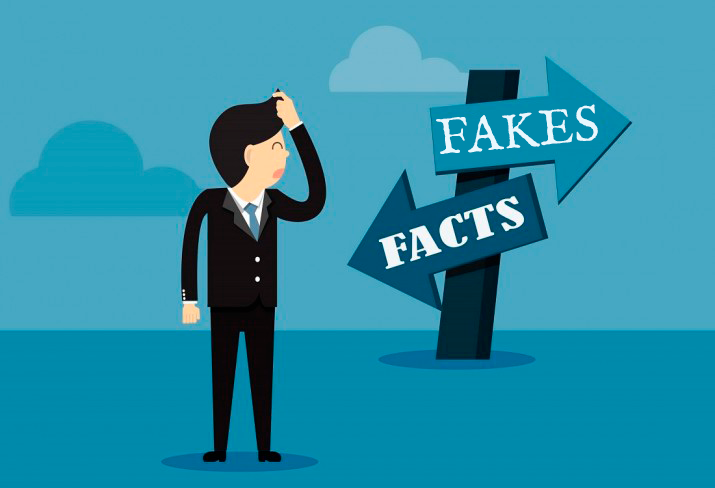
In addition to the aforementioned difficulties of the administrative-legal approach to counteracting “fake news”, the practice of “debunking fakes” raises the question of effectiveness.
The “debunking fakes” process consists of the following sequence of actions:
1) presentation of unreliable or manipulative information and its sources (that, by the way, unwittingly promotes its additional distribution);
2) description of tools and approaches to verify such information;
3) substantiation of lack of credibility or manipulative character of information through arguments and facts;
4) conclusion that the disseminated information is unreliable or manipulative.
From the communication practice point of view, such process is rather difficult for perception by wide audiences and is positively evaluated only by experts or consumers interested in such a content.
Taking this into account, as well as the obvious fact of the discrepancy of resources spent by the Russian Federation on the large-scale “fake news” creation and dissemination, and resources of competent State institutions and non-governmental organizations, counteracting “fake news”; reactive counteraction to the spread of “fakes” is regarded by many experts as ineffective.
At the same time, state representatives of various EU countries (for example, the Baltic States) stress that they “do not fight fakes but promote their own narrative”. That is, leading states and non-state experts refuse to reactively counteract the spread of “fake news” in favour of shaping their agenda in a competitive information environment. This approach avoids an externally manipulatively imposed agenda. Instead it allows us to work on the promotion of own messages in the information space.
The one of the first actors who started to promote such a method of counteracting “fake news” is the Ministry of Information Policy of Ukraine. This approach does not preclude the need to respond to “fake news” by checking, debunking false information and providing objective information on specific issues. However, state institutions proactive activities for the competitive presentation of their communication position in the information environment was identified as a priority.
Legal response

Recognition of the issue of “fake news” and disinformation at the legislative level is a necessary step for the organization of further systemic counteraction to the information impact on society.
For this purpose, it is necessary:
– to admit existence of “fake news” and real threat, disinformation poses for state security;
– recognize the need for ethical and legal responsibility for the dissemination of such information;
– to establish as a state policy priority the proactive character of state strategic communications as a form of countering disinformation;
– to define promotion of own narrative and building of effective and resilient state strategic communications system as a priority of counteracting fakes.
In the absence of legislative recognition of the problem of information aggression, the struggle against disinformation would remain an uncoordinated system of local initiatives of non-governmental institutions and separate actions of the state authorities, without establishment of a system of preventive counteraction.
Ukraine being under the large-scale disinformation campaign by the Russian Federation since 2014, has built its own normative and legal support for counteracting fakes for more than two years. At the same time, in the context of European and Euro-Atlantic integration of Ukraine, such activities are carefully consistent with the viewpoint of foreign partners, constantly stressing the need for freedom of speech priority over national security issues.
At the same time, in virtue of the Doctrine of Information Security adoption in early 2017, Ukraine clearly defined the mechanism of counteracting information aggression, the competence of the responsible authorities in this sphere and introduced the approach taking into account the priorities of civil society and foreign partners of Ukraine.
Thus, the institutionalization of the information space protection system of a state is a priority step towards counteracting disinformation and “fake news”.
Matters of responsibility
Besides the above-mentioned regulatory and administrative aspects of counteracting “fake news”, it is necessary to determine the mechanism of bringing to justice the subjects of disinformation dissemination.

The principles of democratic development of modern civilized states mean that the human and citizen rights and freedoms are of the highest value. However, the priority of rights and freedoms always envisages the duties to ensure an acceptable order of society coexistence. If the rights and freedoms do not correspond to the respective responsibilities, it can lead to conflict in society and deformation of democratic institutions.
The state via the public authorities has a monopoly on using the liability mechanisms and imposing sanctions in case of non-fulfilled duties. These mechanisms are implemented through authorized state bodies (court, security and defence organs, regulatory bodies, etc.). However, empowering public authorities to prosecute for the dissemination of “fake news” carries the risk of malversation and even media censorship, that does not correspond to the principles of a democratic society.
In addition, the subjective nature of “fake news” evaluation necessitates examinations (including those by non-governmental structures) in order to avoid unreasonable prosecution.
In view of the above, the leading role in the prosecution for the “fake news” distribution should not belong to the state, but to the specialized civil society institutions (CSIs).
Given the state monopoly on coercion and the necessity to adhere to the principles of non-interference in the media sphere, the two prosecution mechanisms for the distribution of fake news are the most effective:
– mixed when the prosecution is carried out by the authorized body under the CSI conclusion, with imposing the administrative sanctions (warning, deprivation of licenses, opening of criminal proceedings, etc.);
– non-state, when the CSI conclusion is sufficient for the appropriate reaction of the society and public condemnation, which entails public distrust and reduces significance of disinformation disseminator in society (refusal of accreditation at events, loss of an audience, etc.).
The most effective is the non-state mechanism on the following grounds. Firstly, the loss of confidence in the media and its actual “oblivion” has a lasting effect. Secondly, public condemnation cannot be avoided by administrative mechanisms (e.g. by appealing against the application of sanctions). Thirdly, this decision is based on a collegial agreed position of experts, that eliminates the possibility of influencing on the final decision by the interested party.
However, most importantly, this method is based on the principles of self-regulation and non-interference of the state in the activities of the media. This means that the possibility of power influence on the sphere of mass media is excluded.
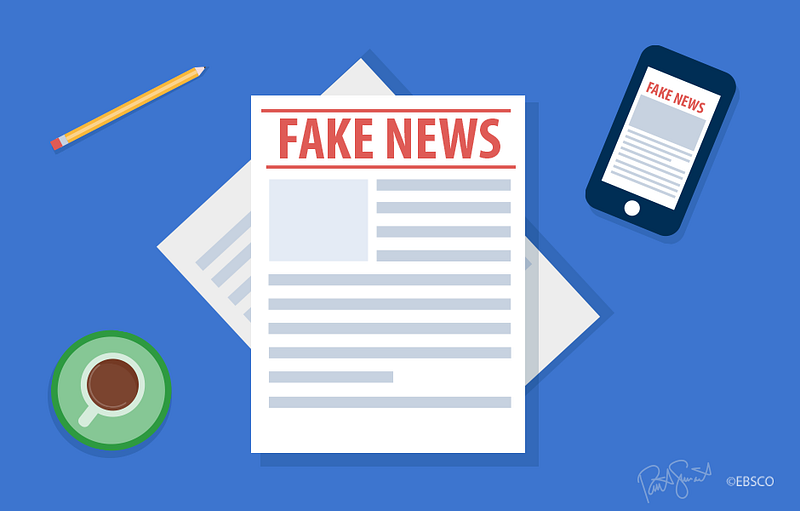
At the same time, the non-state method requires the existence of an effective and generally recognized body of self-regulation of the media, the mechanism of decision-making of such a body and the application of the relevant decision. After all, without proper support by the society of such a decision, its effectiveness will be minimal and will be more of a declarative effect.
That is why, during the formation period of the relevant civic institutions, it is possible to temporarily use a mixed mechanism, which will provide, firstly, a system of checks and balances (the state cannot apply the sanction without decision of the CSI), and secondly, the subject of the sanction, the decision-making mechanism, the types of sanctions, etc.
The main problem of the application of such mechanism is the necessity of the SCI initiative and support of such initiative by the journalistic community.
Other ways to counter “fake news”
Prosecution as a way of responding to disinformation is the most obvious, however, not the most effective way. The disadvantage of this approach is that prosecution is a response to an already accomplished fact. Fakes and other so-called “active measures” are usually created to be spread rapidly, to be fixed in the minds of consumers and to flexibly adapt to any changes, including those of the regulatory nature. Any refutation, including public acknowledgement by the competent body of the fictional nature of the news, will not be able to completely alleviate the effect of the spread information.
Therefore, it is important to consider some other ways of dealing with “fake news”, including those highlighted above:
1) distribution of own narrative;
2) refutation and debunking of fakes;
3) application of mechanisms of public responsibility for the dissemination of “fake news” and the development of self-regulation and co-regulation of the media environment;
4) increasing the media literacy of society.
Increasing the media literacy of society is a complex of preventive measures aimed at improving the citizens’ ability to independently identify fakes, resist manipulative influence, adapt themselves to changes in the information environment, and develop their own critical perception of information.
Thus, the MIP activity in the field of counteracting “fake news” is focused on the above-mentioned directions of work and is implemented within the framework of project and program initiatives to create systemic capabilities of the Ukrainian government and civil society to minimize harmful manipulative influence that poses threats to the progressive democratic development of Ukraine on the way to integration into the European Union and the North Atlantic Alliance.
By Dmytro Zolotukhin, for Medium
Dmytro Zolotukhin is Deputy minister of information policy of Ukraine. Founder of the Institute for Postinformation Society. Founder of OSINT.Academy. Infowars practician.


